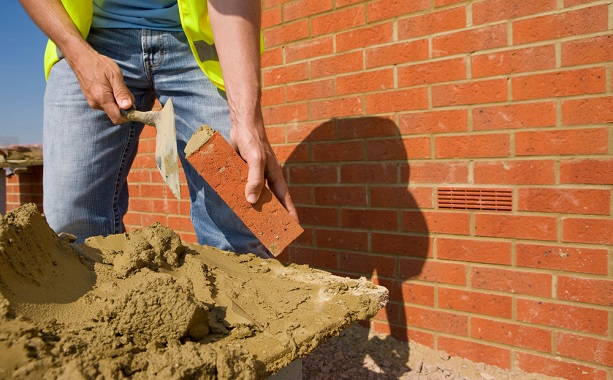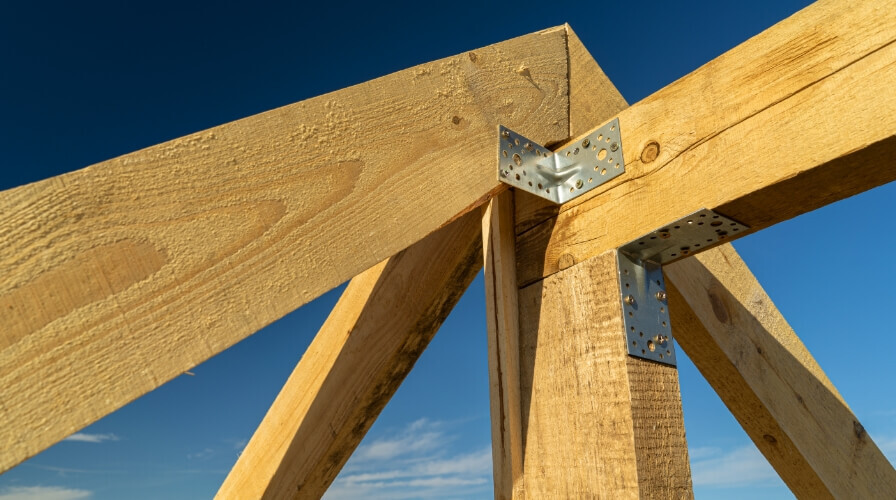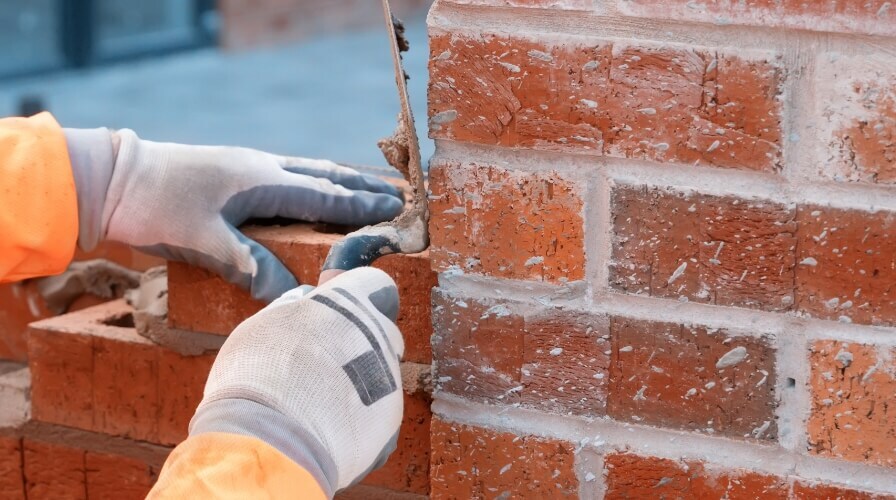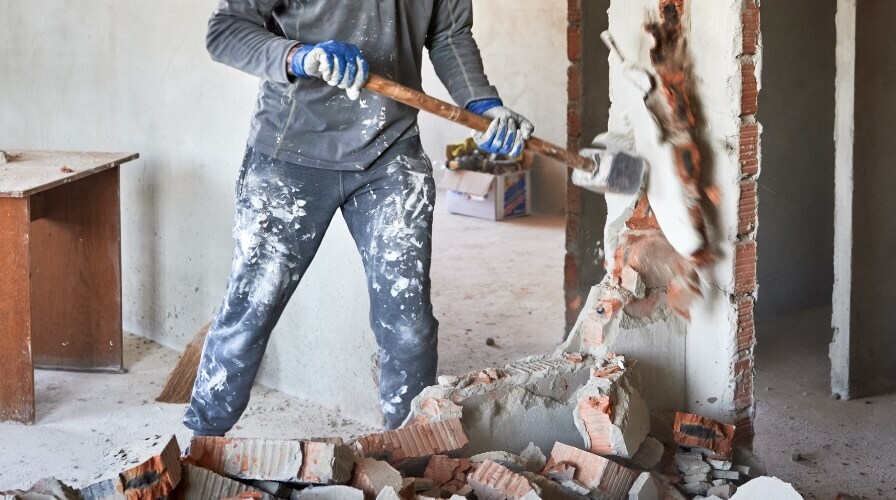What qualifications do you need to be a bricklayer?
There are no entry requirements to become a bricklayer. However, there are some things employers and colleges need future bricklayers to have. You can get into bricklaying through a college course, apprenticeship, or practical work experience. You’ll need two or more GSCEs to start the course, depending on the level and type you’re studying for.
Intermediate apprenticeships in bricklaying need some GSCEs, including Maths and English.
You can also become a bricklayer by working on a construction site and doing on-the-job training. You’ll need a Construction Skills Certification Scheme (CSCS) card and pass some tests to do this. This proves you have the training and skills to work safely on a construction site.
Bricklayers should also have good hand-eye coordination, attention to detail, problem-solving skills, and be able to work as part of a team.
How much do bricklayer apprentices make?
The salary of a bricklayer apprentice goes up as they get more experience. The exact amount also depends on where the apprenticeship and the employer are. Apprentices in the UK will get at least the National Minimum Wage (NMW) for apprentices.
As of April 2023, the NMW for a first-year apprentice or under 19-years-old was £5.28 per hour. After the first year, this wage goes up to the general NMW, depending on the apprentice’s age. Many employers pay their apprentices more than the NMW, especially if they’re in a more expensive area. This means the wage of bricklayers changes across the region.
Apprentices may also get other benefits depending on the employer, like paid holiday, a pension, or health insurance.
How long does a bricklaying apprenticeship take?
A bricklaying apprenticeship usually takes around two years to complete. This changes between employers, the level of the apprenticeship, or the training provider.
You can also apply for fast-track apprenticeships to finish the course sooner.
Where to find a bricklaying apprenticeship
There are many places to find a bricklaying apprenticeship. The Apprenticeship Service is the official government website for finding apprenticeships in the UK. You can search for bricklaying apprenticeships in different locations and at different levels.
Many colleges have apprenticeship programmes in different trades, including bricklaying. Contact your local one to see what they offer.
Most large job sites advertise bricklaying apprenticeships. You can also use sites like UCAS, RateMyApprenticeship, and FindApprenticeships to learn more about bricklaying courses and apply.
Trade associations like the Federation of Master Builders and the National Federation of Builders can also give you advice and help you find an apprenticeship.
Speak to local bricklaying companies about their apprenticeship programmes or work experience. Even if they don’t offer this, they might know somewhere that does.
How to apply for a bricklaying apprenticeship
Applying for a bricklaying apprenticeship is easy — just follow these simple steps.
- Research – Look for bricklaying apprenticeships in your area by searching online or chatting with local companies.
- Meet the criteria – Check the entry requirements and make sure you meet them. This usually means being at least 16 years old and having some GCSEs.
- Apply – Apply for the apprenticeship by completing the application form. You might need to show your qualifications and experience.
- Go to an interview – You’ll then be asked to an interview, which you should prepare for.
- Start the apprenticeship – If you pass the interview, you’ll be accepted into the apprenticeship programme and start your training and learning.





